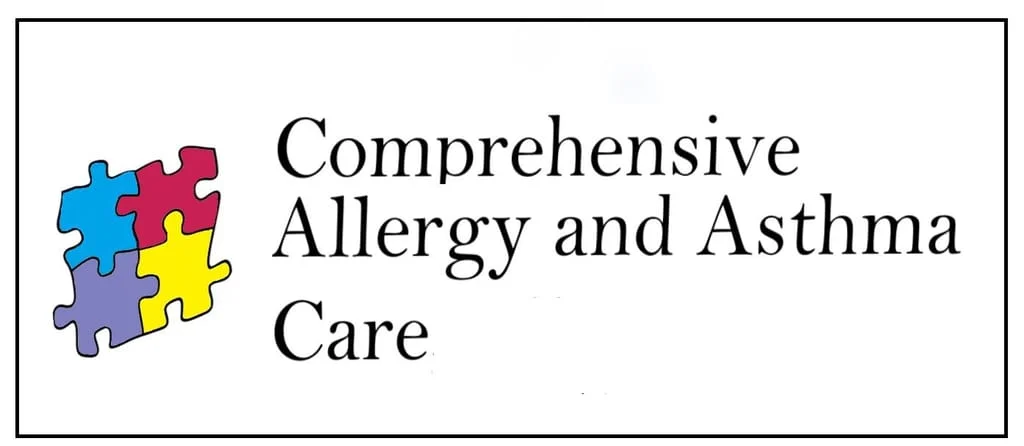Do you have food allergies? When you eat a food and then do not feel well afterwards, this may be due to an allergy or intolerance. Although both reactions cause illness, there are key differences between these adverse reactions, food intolerance vs. a food allergy.
Food intolerance does not primarily involve the immune system. It is a metabolic disorder, such that the body cannot digest or break the food down. Without breaking down the food, it quickly causes symptoms. Examples of food intolerances are as follows:
- Lactose Intolerance - Some individuals stop producing a key enzyme that is needed to digest cow's milk. Upon eating milk containing products, lactose intolerant individuals may experience gas, bloating and abdominal pain.
- Gastro-Esophageal Reflux Disease or Heartburn occurs when acid and other contents of the stomach escape and enter the esophagus. This causes symptoms ranging from sour, bitter taste in the throat to a fiery chest pain, which may last minutes to hours. One major recommendation by gastroenterologists as well as primary care physicians is to avoid certain foods know to increase acid in an empty stomach or that cause the "valve" that keeps these caustic substances in the stomach to "leak". Some common GERD food offenders include tomatoes, spicy foods, caffeine, alcohol, peppermint/spearmint, licorice and citrus fruits.
- Migraine Headaches - Individuals that suffer from migraine headaches often reports migraine headache attacks after eating foods that contain nitrites, tyramine, monosodium glutamate or other food additives. Common food triggers for those sensitive to migraine headaches include aged cheese, pickles, processes meats/cold cuts, olives, beans, and red wine. Minutes to hours after eating these foods, migraine sufferers may report headache, facial pain, nausea, vision changes and/or loss of balance. These additives and substances cause a dramatic change in blood flow, causing pain.
Food allergies are caused by one's immune system, making a mistake, deeming a harmless food as dangerous. Like any defensive force, that normally protects the body from infections and other dangers, the immune system takes a snapshot or"mugshot" of the food now deemed "dangerous". So the next time a sensitized child or adult eats the food, the immune system mounts an attack to clear this harmless foodstuff, with a mistaken identity.
Nearly 5% of children and adults have true food allergic reactions. Some common symptoms of a food allergic reaction include skin rashes, vomiting, diarrhea, stomach cramps, difficulty breathing, mouth irritation, nasal congestion/sneezing, swelling of the tongue or throat, lightheadedness, and rarely, a severe allergic reaction, called anaphylaxis. The foods most likely to cause an allergy are eggs, cow's milk, peanuts, soy, wheat, nuts, fish and shellfish.
An allergist/immunologist will document the history of the reaction(s) and obtain tests to see if the adverse reaction to a food is an allergy or a metabolic disorder/intolerance. Please note that testing may suggest but not necessarily confirm a food allergy. To help make the diagnosis of food allergy, an allergy specialist will ask questions about one's diet, past medical conditions, family medical history, timing of the adverse reaction following suspected food ingestion. Then skin testing or blood tests can be used to determine whether the immune system went awry, mobilizing antibodies (IGE) or immune cells against suspected foods.
